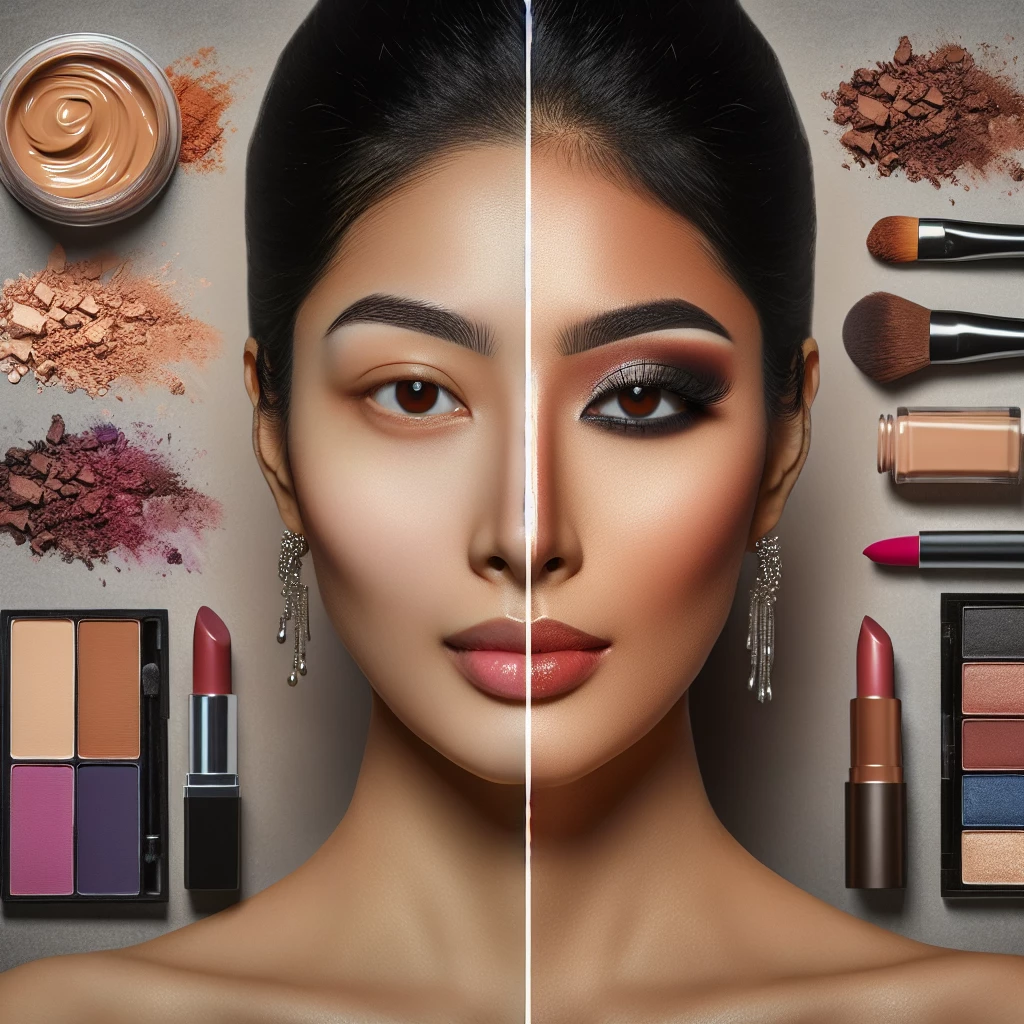Welcome, Makeup Queens! Today, we are diving right into the heart of beauty and skincare with a primary focus on an essential component- SPF in makeup products. Understanding SPF, which stands for Sun Protection Factor, is critically important for not just makeup enthusiasts but everyone interested in maintaining their skin health. This will be a comprehensive guide to understanding how SPF works, its effect on your skin, and its importance in terms of sun protection. Let's ramp up our cosmetic cognizance with innovations from the world of skincare!
Unboxing SPF: What it really means
Sun Protection Factor, in basic terms, measures the amount of UVB radiation protection offered by sunscreen products. These could range from your traditional sunscreens to lip balms or even makeup. So, when you come across makeup products claiming to have SPF, they are essentially helping protect your skin from potentially harmful sun rays.
However, putting 'SPF' on a product's packaging does have certain regulations. SPF values indicate the theoretical amount of time you can stay in the sun without getting sunburned. For instance, an SPF 30 product would allow you to stay in the sun 30 times longer than you could without protection.
But, remember that no SPF can block 100% of UV rays. While SPF 30 blocks 97% of UVB rays, SPF 50 will block 98%. Anything higher doesn’t significantly increase the protection level.
The Vital Intersection of Makeup and SPF
Modern makeup has evolved to serve more than just aesthetic purposes. The fusion of makeup and skincare paved way for makeup products that nurture your skin, with many containing SPF. These provide sun protection, a crucial shield given the time we spend under the sun. It's your beauty and barrier, all in one bottle.
Makeup with SPF can provide some measure of sun protection. If you’re dabbing on a foundation with SPF, that’s clearly better than not using SPF at all. However, keep in mind that it should not replace your sunscreen. Using a foundation with say, SPF 15 doesn’t give you enough sun protection and you would still need to layer your sunscreen underneath.
The beauty industry has expanded its SPF inclusion into various makeup lines. Today, you can find SPF in foundations, lipsticks, and even eyeshadows. This crossroad of makeup and sun protection indicates the industry's recognition of the importance of skin health.
How to Effectively Use Makeup with SPF
Though having SPF in your makeup is beneficial, it shouldn't replace your regular sunscreen use. Most people do not use a thick layer of foundation or powder enough to ensure adequate sun protection. Furthermore, people often forget to reapply makeup, which is critical when you’re out in the sun for long.
Consider makeup with SPF as a second layer of defense. Apply a broad-spectrum sunscreen first, and then layer your makeup product with SPF on top. To maximize its effect, make sure you put on a sufficient amount and reapply throughout the day.
Having SPF in your makeup can also be great for those days when you’re mostly indoors, and your sun exposure is minimal. However, remember to switch to pure sunscreen during high sun exposure activities.
Wrapping up, while makeup with SPF is an excellent addition to your beauty shelf, it is integral that it does not substitute your primary sunscreen. The increased recognition of SPF by the beauty industry has ensured that skincare is a thread woven into the fabric of cosmetic products. This surely represents the next stage of beauty evolution. With this knowledge in your beauty arsenal, you can now make makeup choices not only for aesthetic purposes but choices that also back your skin health and provide sun protection. Makeup Queens, remember, SPF isn't a bonus, but a necessity.

Five-Minutes Makeup Hacks
In search of a quick and reliable makeup routine? Discover our top five-minute makeup tips.

Introduction to Organic Beauty Products
A deep dive into the pros and cons of incorporating organic beauty products into your daily makeup routine.

Transition Makeup from Day to Night
Discover effective tips for ensuring your makeup transitions smoothly from day to night.

Mastering the Monochromatic Look
Uncover the secrets to nailing the trendiest monochromatic makeup looks with our step by step guide.
